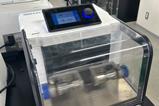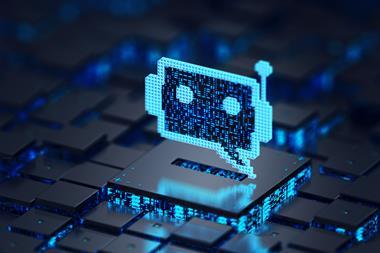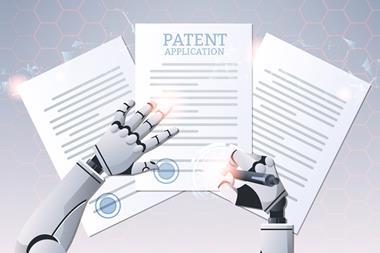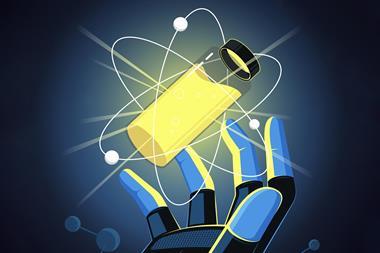The UK intellectual property office has passed a judgment declaring an artificial neural network (ANN) patentable for the first time. This decision could set a powerful precedent enabling greater protection of AI technologies, which could provide both new commercial opportunities for chemistry AIs and attract investment into this growing UK sector.
The Patents Act 1977 lists various exceptions to patent protection: medical procedures, purely intellectual ideas such as mathematical models and artistic works. Computer programs are likewise excluded unless they can demonstrate an external technical effect such as operating a robotic lab arm. Instead software is typically protected by copyright and licencing agreements.
‘When you think about the date the legislation was drafted, computer applications and computer technology in general were very limited,’ explains Bruce Dearling, a patent attorney with Hepworth Browne. ‘There was no real technical effect achieved by any of these early computer-based products. The legislators had no conception of where computing would go.’
‘This legislation hasn’t changed since its inception but obviously the technology is now both ubiquitous and much more powerful. The case law lags behind the technology and currently doesn’t appropriately reflect the growing needs of this sector.’ Developments in AI are particularly poorly served by patent protection having formerly fallen under the category of computer programs.
In a landmark case last month, Dearling represented Emotional Perception AI, a startup that provides recommendation algorithms to multimedia platforms, allowing them to offer a more personal experience to each user. The case argued that artificial neural networks are distinct from computer programs and that their iterative independent learning capabilities are a technical, and therefore patentable, effect. ‘ANNs try to interpret how a human thinks, but there’s inevitably a difference between the output of the ANN and how a person actually thinks; this is called the “semantic gap”. The objective is to minimise this semantic gap and the underlying process by which it bridges this gap is technical,’ explains Dearling. ‘Secondly, the ANN is self-educating and self-evolving. It’s not a program for a computer that is written by a human, but rather self-evolving coding.’
AI technologies are already widespread in chemistry, from structure determination systems, to general research assistants such as ChemCrow. While the recent ruling applies only to the multimedia recommendation ANN by Emotional Perception, patent attorney Stewart Eccles, who specialises in chemistry at Hepworth Browne, says this decision is an exciting first step towards changing outdated guidelines and could offer new opportunities for chemists.
‘It opens the door to entities within the AI space to make a market out of a product which they can then independently protect and provide to other parties. Ultimately, this could give chemists more tools to go about their research and give more impetus for people to develop chemistry-focused AIs, independent of the outcomes,’ he says. ‘AI within a chemical space is very well-positioned to take advantage of this decision. Taking the example of ChemCrow, chemists are having to bridge a gap from large language models to systems which are capable of understanding chemical structures. The manner in which that gap is bridged is a potential additional avenue for patentability in future systems.’
The ruling has already attracted the interest of researchers in the area. ‘Most work these days is on a small set of neural network architectures which are widely published, but this could be relevant in the future because the UK seems to be building a reputation as a good place to do AI,’ comments Andrew White, one of the developers behind ChemCrow.
‘New avenues for spin-offs or commercialisation would be interesting to explore,’ says Connor Coley, a computational chemist at the Massachusetts Institute of Technology in the US. ‘However, I am a strong believer that many of these enabling algorithms should be precompetitive and remain reproducible, even if a specific AI system trained on a proprietary dataset is commercial. Provided this remains the case, greater patent protection could provide more security for founders to bring their technology into the commercial sector to increase their impact.’
Dearling is hopeful that this recent success will lead to a change in patentability guidelines more generally and is keen to stress that this would not affect access to existing AI systems. ‘It brings the UK level of support for AI up to where it should be. This means that we obviously become more attractive to invest in,’ he says.

















No comments yet